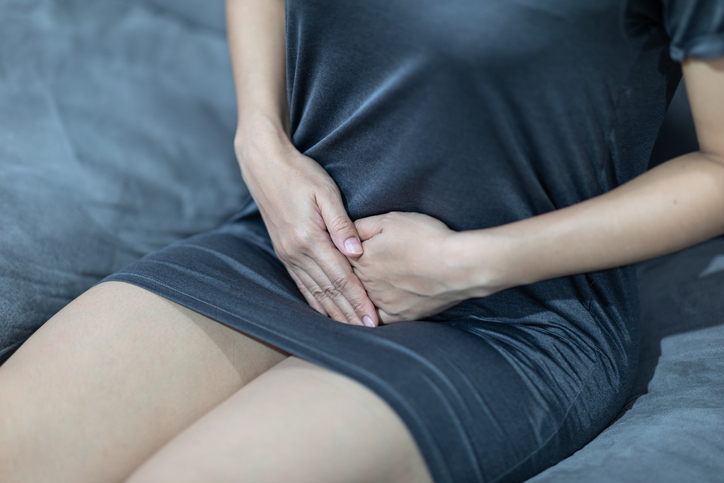
What are yeast infections?
Our bodies have a natural system of good bacteria and naturally-occuring fungus which, when in a healthy balance in our bodies, don't cause any problems. However, when a particular fungus called Candida starts to get out of hand, it becomes a not-so-fun fungus and causes what is known as a yeast infection. Candida thrives in dark, warm, moist places, which makes the vagina a perfect habitat.
Symptoms:
- An itch that won't quit!
- General signs of irritation; redness, swelling, burning around your vagina…this is your body's way of asking for help. You may feel an increase of burning when you pee or have sex.
- The famous cottage cheese discharge, white and clumpy
Who is at the greatest risk for developing yeast infections?
- Females: While males can get yeast infections, because of the female anatomy, almost all females will experience at least one yeast infection in their lifetime (sorry, ladies…)
- Pregnancy, some types of birth control and hormonal changes can also increase the risk. Symptoms may worsen in the week before your period
- Weakened immune system: If you have any sort of autoimmune disease, HIV/AIDS, or are on chemotherapy, the fungus will notice your defense is down and begin to take over
- Diabetics: Yeast loves sugar! High blood sugar levels are providing extra fuel for the fungus. Watch your sugar intake - this goes for everyone
- Taking antibiotics: Antibiotics kill all the good bacteria that would normally keep the fungus in control. If you are prone to yeast infections, sometimes your provider may even prescribe you an antifungal at the start of your antibiotic course
Ways to prevent yeast infections
- Stay dry: don't sit in a wet swimsuit, and change out of leggings, shorts and underwear right away if you have been sweating. Bring out those loose, cotton undies!
- Ditch the unnecessary products: scented tampons, scented wipes, douching
- Eating yogurt with live cultures and no sugar may help to restore the natural flora of your body
How are yeast infections treated?
Depending on symptoms, your health care provider may take a sample from your vagina to confirm the yeast infection. Then, an antifungal will be prescribed. Antifungals come in the form of a pill, creams you apply to the vagina, or a suppository you insert into the vagina. As always, follow your provider's instructions.
There are over-the-counter medications available, also available in creams, suppositories and pills, however they may not always be effective. If you do try an over-the-counter method first and your symptoms do not subside, contact your healthcare provider right away.
As always, there are a multitude of at-home remedies, including using garlic, oils and herbs in and around the vagina. However, it is best to stick to medication that has been proven to kill candida and won't cause further irritation. If you do wish to try an alternative medicine, talk to your provider first.
Finally, remember that while a yeast infection isn't dangerous and is not sexually-transmitted disease, there are sexually-transmitted infections out there that may mimic some of the symptoms of a yeast infection. If your'e in doubt, check with your provider. Get the right treatment to restore that healthy vaginal balance and stop the discharge and itch.
